The Weekly Anthropocene, November 13 2024
Deforestation falls in the Brazilian Amazon, jaguar safaris take off, solar surges in India, a cloned black-footed ferret has babies, data centers built of wood, electro-agriculture, and more!
Brazil
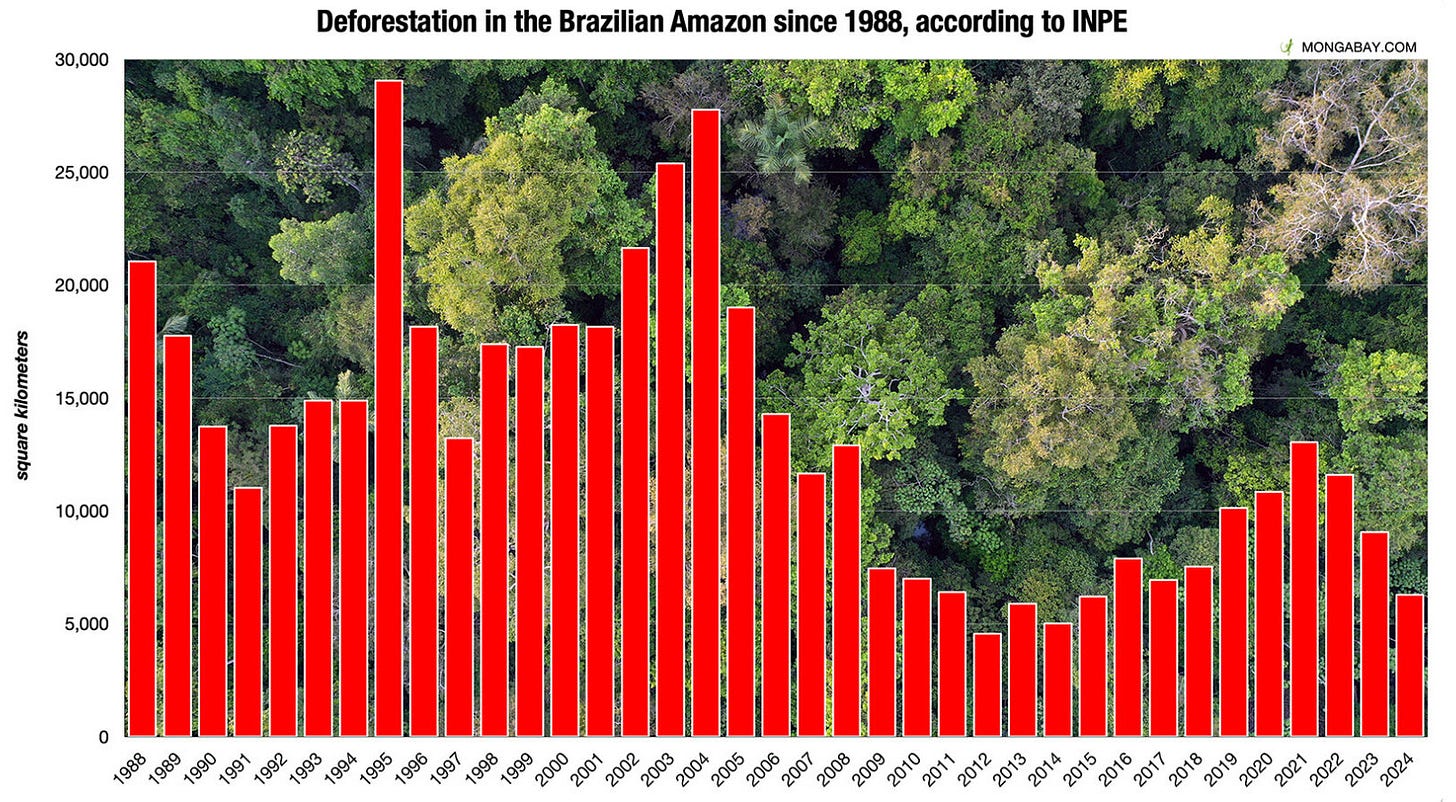
Brazil reported that deforestation in the Brazilian Amazon fell by 30.6% from the August 2022-July 2023 period to the August 2023-July 2024 period, as the Lula da Silva administration continues efforts to crack down on widespread criminal logging, mining, and land-clearing forest arson. 2024 now has the lowest level of deforestation in the Brazilian Amazon since 2015, and President Lula has pledged to hire an additional 800 environmental law enforcement agents. Notably, this progress is despite drought making it easier for forest fires to spread, underscoring the importance of a government committed to upholding environmental law and order.
“We were handed a completely unstructured ministry, with policies that were completely extinguished or left very weak, with very little budget…
We achieved a reduction in deforestation of 50 percent last year [compared to 2022] and a reduction in the first three months of 2024 of 40 percent [compared with the first three months of 2023].”
-Marina Silva, Environment Minister of Brazil, in a superb interview
The Lula da Silva government is also reportedly finalizing plans to launch a forcible intervention to remove rapacious, river-poisoning illegal miners from the Munduruku indigenous territory1. Previously, they had been focusing on a successful large-scale removal of the Bolsonaro-era massive invasion of illegal miners in the Yanomami indigenous territory, which had led to truly atrocious abuses. Vital work!

Expectations are low for the just-started COP29 global climate conference in the petrostate of Azerbaijan, but there’s some excitement building for COP30, set to be hosted by the Brazilian Amazon city of Belém in late 2025. Brazil recently announced a stronger emissions reduction goal, and the Lula government (particularly renowned environment minister Marina Silva) are expected to be much more ambitious and active hosts than the authoritarian governments that hosted COP28 and COP29.
Solar power continues to grow in Brazil as it surges worldwide. The largest-ever floating solar farm in Brazil (so far) has been announced, with a 54 MW installation set to be built on the Lajeado reservoir in Tocantins state by the end of 2025.
“Jaguar safaris” have become a major earner in the Brazilian Pantanal wetlands, despite jaguars historically having a reputation as being very difficult to see in the wild. The jaguars’ behavior has actually changed substantially due to the ecotourism boom (one of several such examples worldwide), thanks to a virtuous cycle in which tourism makes the jaguars worth more alive than dead, reducing hunting pressure and making the jaguars less fearful of humans, which in turn makes jaguar sightings easier and increases tourism, and so on. Great news!
India
A new report found that fast-growing India, the most populous nation-state in history, installed 12.8 GW (12,800 MW) of new solar capacity (11.7 GW large-scale plus 1.1 GW rooftop) in the first six months of 2024. Amazingly, that’s a 228.3% increase from the first six months of 2023! And it’s just getting started: as of June 2024, India had a total of 85.5 GW of solar capacity, plus a further 126.1 GW now in development and 103.8 GW of tenders (i.e. proposed projects) at earlier stages.
This story won’t get much attention in a time of widespread political turmoil, but it’s globally transformative - the renewables revolution is increasingly powering a majestic civilization-state’s epochal rise from poverty to prosperity! Excellent news. (Check out The Weekly Anthropocene’s on-the-ground India reporting for more!).
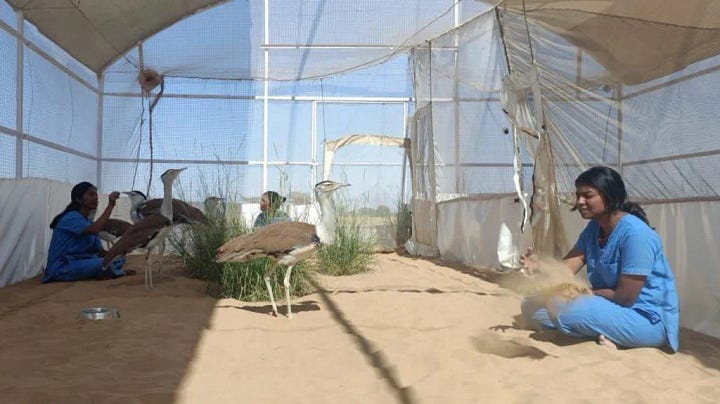
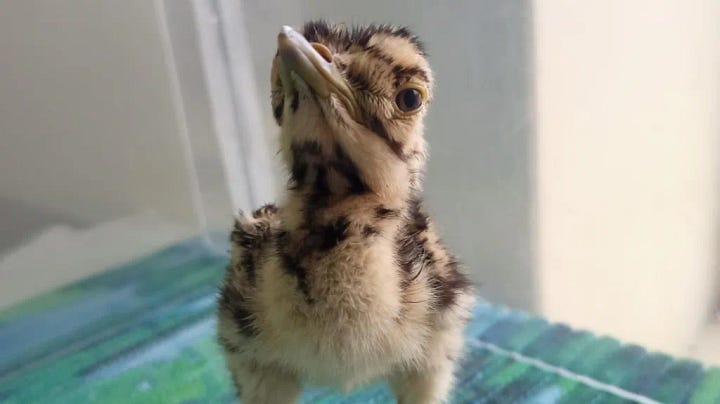
The great Indian bustard (Ardeotis nigriceps) is one of the heaviest flying birds in the world. The species is also critically endangered, with only about 150 individuals left mostly living in Jaisalmer, Rajasthan. Now, conservationists have hatched a bustard chick conceived via artificial insemination for the first time, using sperm from a bird at one of two breeding centres to father a chick in the other centre. Good work!
Germany
Two German companies have released the world’s largest-ever “plug-and-play” solar array, with an output of up to 6 kW. This is a further development of the fast-spreading “balcony solar” movement in Germany; small home solar arrays like this can be assembled and plugged in to an ordinary wall socket without the need for an electrician’s expertise, allowing faster and cheaper DIY deployment. Great work!
United States
The black-footed ferret (Mustela nigripes), prairie dog predator of the American plains, was declared extinct in 1979. Then, one last wild population was discovered in 1981, eighteen last survivors were taken into captivity for a breeding program, and the current population of several hundred black-footed ferrets are all descendants of the seven among those 18 who had living offspring. Over the last few years, the genetic rescue conservationists at Revive & Restore (including friend of this newsletter Ben Novak) have successfully cloned an eighth ferret, Willa (one of the original 18 who never had living offspring) from preserved tissue samples, instantly supercharging the genetic diversity of the entire species.
Now, one of the three Willa clones, Antonia, has birthed two black-footed ferret kits of her own at the Smithsonian, named Sibert and Red Cloud. This is the very first time in American history that a cloned endangered animal has produced healthy offspring; a rousing conservation victory and a proof-of-concept for genetic rescue. Truly spectacular work!
“This project represents a historic milestone in conservation history. For the first time, we can definitively say that cloning contributed meaningful genetic variation back into a breeding population.
As these kits move forward in the breeding program, the impact of this work will multiply, building a more robust and resilient population over time.
We are excited to have been a part of changing the future of this species!”
-Ryan Phelan, Revive & Restore
In northern Virginia, Microsoft is building its first data centers made out of wood, using specially engineered ultralight and fireproof cross-laminated timber, which has substantially lower emissions than concrete or fossil fuel-melted steel. Excellent work!
As summarized in a spectacular new article from Grist, the clean energy revolution has clearly advanced to a point where its exponential growth can be perhaps slowed but certainly not stopped by U.S. politics. If you click a link today, make it this one.
California voters approved Proposition 4, a state-level ballot measure that authorizes $10 billion in bonds for environmental projects including climate resilience, safe drinking water, coastal protection, drought mitigation, wildfire prevention, and more.
The people of Washington State voted to keep their state-level emissions-reducing cap-and-invest program, in which major polluters pay into a state clean energy program that has so far raised over $3 billion for public transport and electrification. This vote conclusively defeats a ballot measure to end the cap-and-trade program that had been heavily supported by corporate interests. Great news!
This writer’s home state of Maine voted in favor of Referendum Question 2, which will issue $25 million in bonds for the Maine Technology Institute to support businesses’ research, development, and commercialization of new technologies, explicitly including renewable energy, aquaculture, agriculture, and forestry. This could be a bit like a miniature Inflation Reduction Act, with the Maine Technology Institute serving as a state-level interdisciplinary version of the Department of Energy Loan Programs Office! A promising example.
A fascinating new paper in Joule proposes a novel field of electro-agriculture, integrating recent developments in electrochemistry and genetic engineering to assemble a new way to grow food with fewer resources. The research team has genetically modified plants to use acetate molecules obtained by renewable energy-powered CO2 electrolysis to power their biological processes, replacing the usual plant “food” of glucose molecules obtained by photosynthesis. (Plus, some creatures like mushrooms, yeast, and algae can already “eat” acetate without genetic modification).
Prototype electro-agriculture efforts in the lab have already converted 4% of incoming solar energy to plant biomass, quadrupling the 1% energy-to-biomass conversion normally achieved by photosynthesis. In practice, that could look like reducing the land needed to grow plants by 94%, while allowing plants to grow in complete darkness if necessary - potentially very useful for polar and space missions. This work is currently at very early stages, with only a few crop species like tomatoes genetically engineered to eat acetate so far, but the future possibilities are truly extraordinary. Science advances!
For context, the Munduruku territory is approximately the size of New Hampshire.





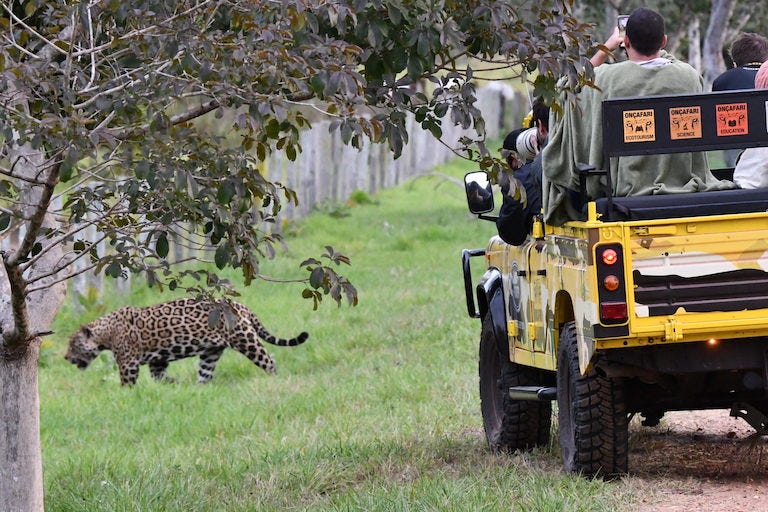


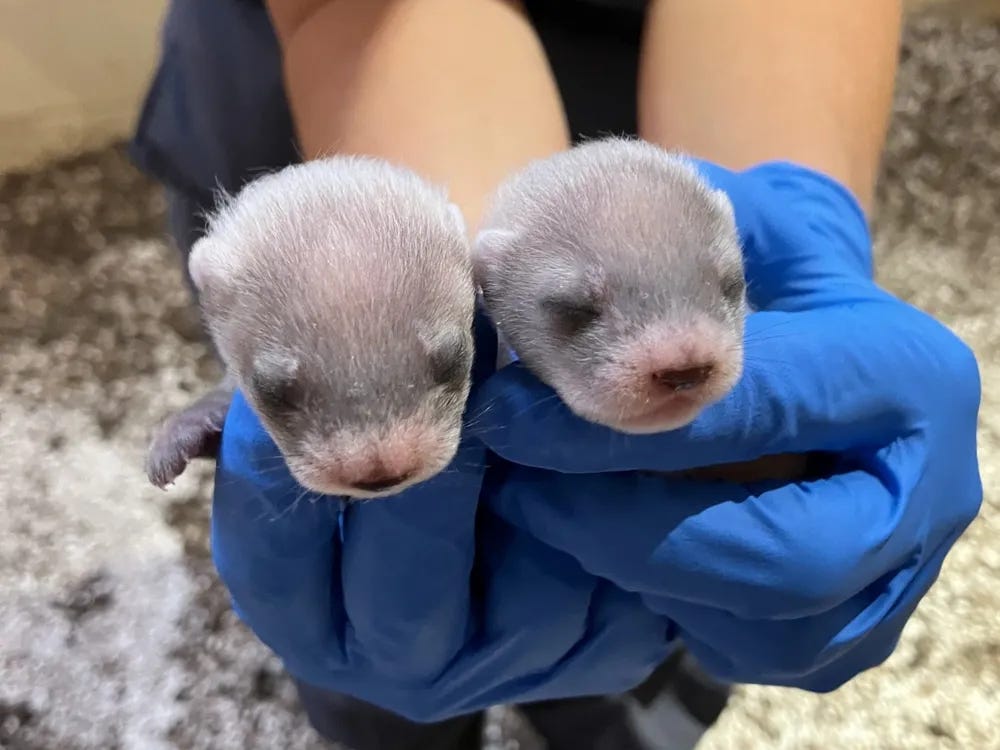


Brazil! India! They are making tremendous strides. Microsoft going to wood structures! The adorable black-footed ferrets, back from near extinction. Washington, California, Maine! Good news coming in from all points of the compass. Great reporting Sam.
As always, an impressive collection of news from around the globe!